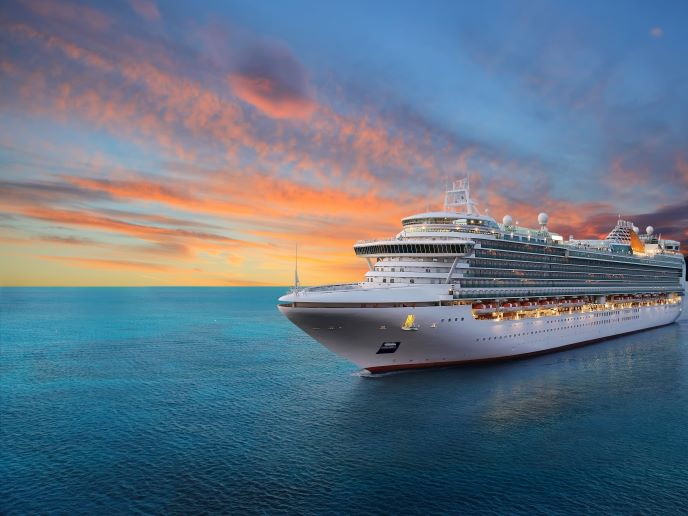Harnessing the EU’s eyes in the sky to guide ships safely and efficiently across the seas
The shipping industry is having an upgrade. Faced with rising fuel costs and the need to reduce harmful emissions, shipping companies are striving to increase energy efficiency and become greener to meet regulatory and social standards. According to the UN IPCC, ships account for around 4.5 % of global carbon emissions, and release other harmful pollutants which contribute to respiratory diseases around the world. Improving shipping efficiency would also make Europe more competitive and profitable in the global shipping market and improve the quality of life of those at sea. The EU-funded EONav system looks set to have a valuable role in this critical transformation. EONav is a real-time planning system for sailing routes, which draws on data from the EU’s Copernicus Earth monitoring network to provide shipping fleets with the most efficient way to travel, reducing fuel, curbing emissions and fighting fatigue among sailors. The system has application in international trade, passenger transport and energy supply. The system is expected to deliver a 7 % reduction in fuel consumption and 7 % reduction in emissions across European shipping.
State-of-the-art data sources
EONav combines space-based observations, weather forecasts along the intended route, meteorological and oceanographic data from buoys, aircraft and coastal monitoring stations, along with local ship observations (e.g. conventional radar, Doppler log, yaw, pitch, roll, structural stress, engine parameters, drift, currents, wind, loading condition, etc.) and navigational information (speed, heading and GPS position) from onboard navigation systems. When a ship plans a new route, the information is sent to an analysis centre in the cloud, which continuously receives updates from the multiple data sources, keeping the system updated with the latest data available for those onboard the vessel. Updated sail plans are calculated and sent back to the ship periodically, once new information has been received or at regular intervals. A graphical user interface relays the information to the ship captain along with a series of updated waypoints. As the system incorporates information from so many different sources, the weaknesses present in some will balance out those in others, meaning that sensors will overlap and complement each other. This means EONav can function consistently, in any weather, around the clock.
Finding the optimal route
Through the EONav system, the end users (the mariners) can choose in which way they want to optimise the route: by fuel efficiency, for example, or by route speed. Through tests, the EONav project team realised that the ‘reduced fuel consumption’ target is one of the main aspects of an efficient sail plan, and that it closely matches the ‘reduced emissions’ target. Cruise ships and cargo vessels that want to prioritise smooth travel across blustery seas can do so, taking account of the movement of the vessel and incoming weather systems. But this doesn’t mean the route needs to be inefficient. “Choosing a more efficient route often corresponds to better comfort for the cargo, the ship and ultimately also the passengers and its crew,” says Mr Jacek Gruszka, project coordinator at O.M. Offshore Monitoring Limited. The team is now working on fleet-wide aggregated routes to improve shipping efficiency at larger scales. A higher viewpoint can be granted with fleet level aggregated statistic and targeted optimisations. “Improvements at fleet level are being envisioned and implemented as we speak,” says Gruszka.
Keywords
EONav, shipping, carbon, routes, optimise, fleet-wide aggregated routes, statistic, comfort, climate change

